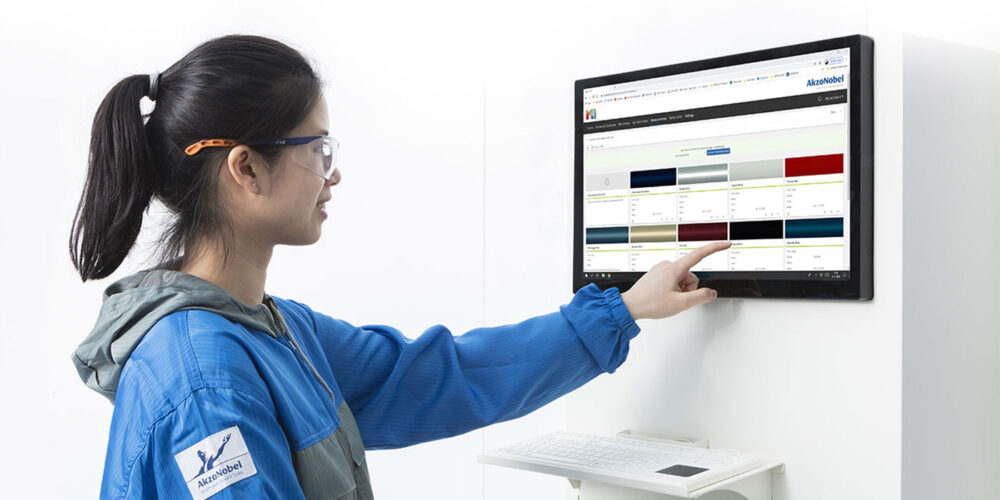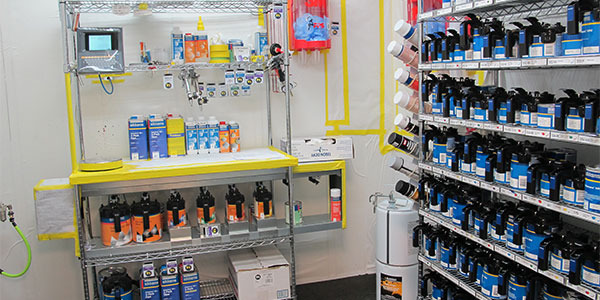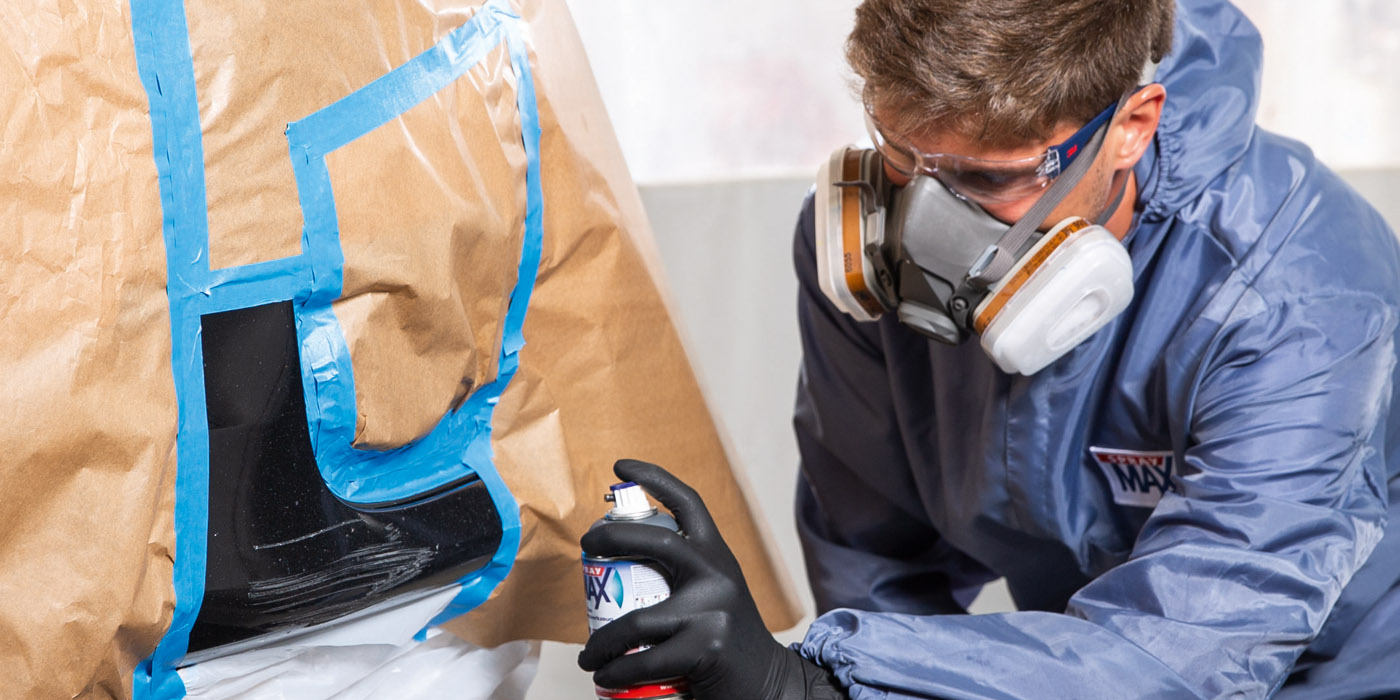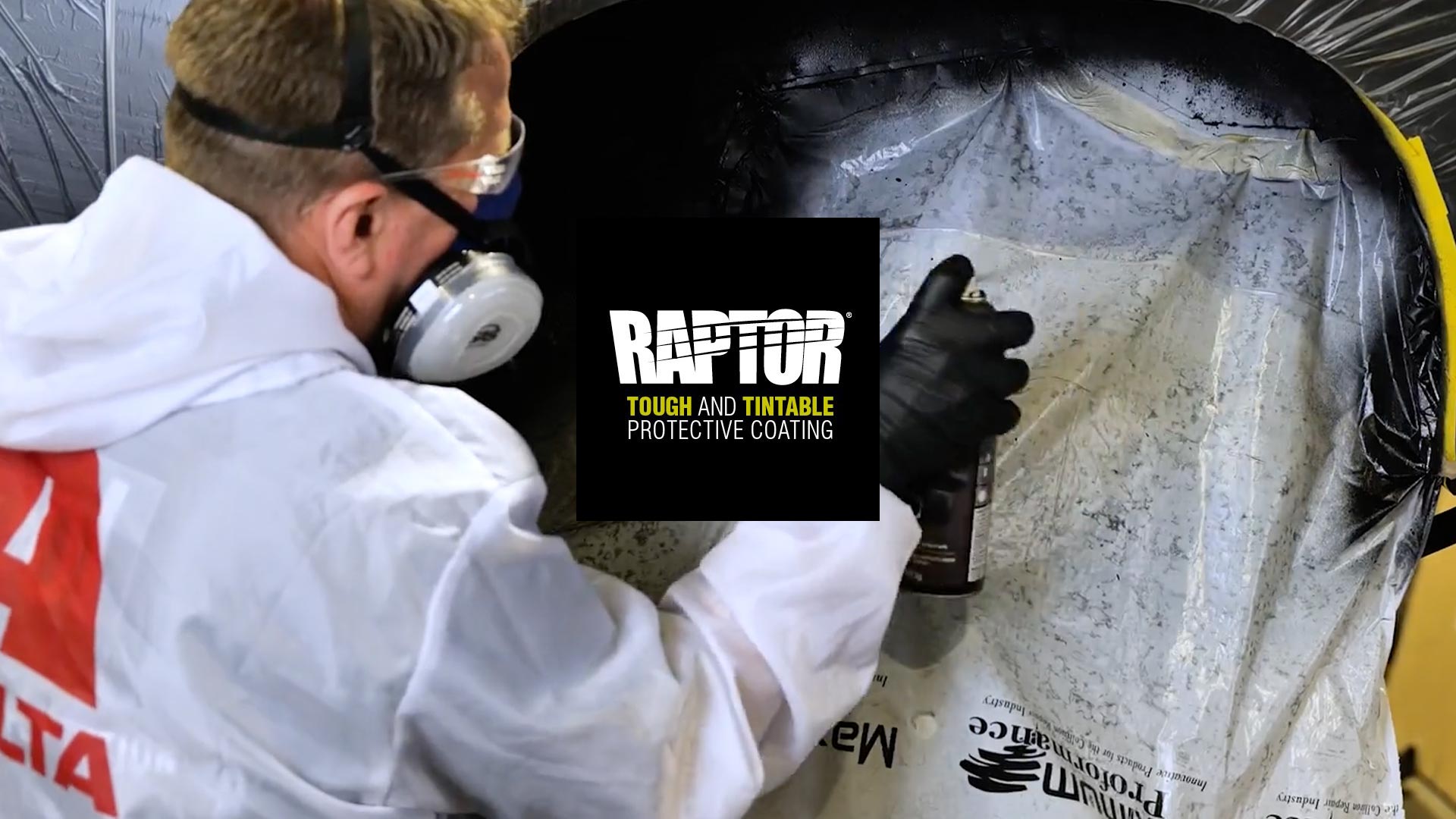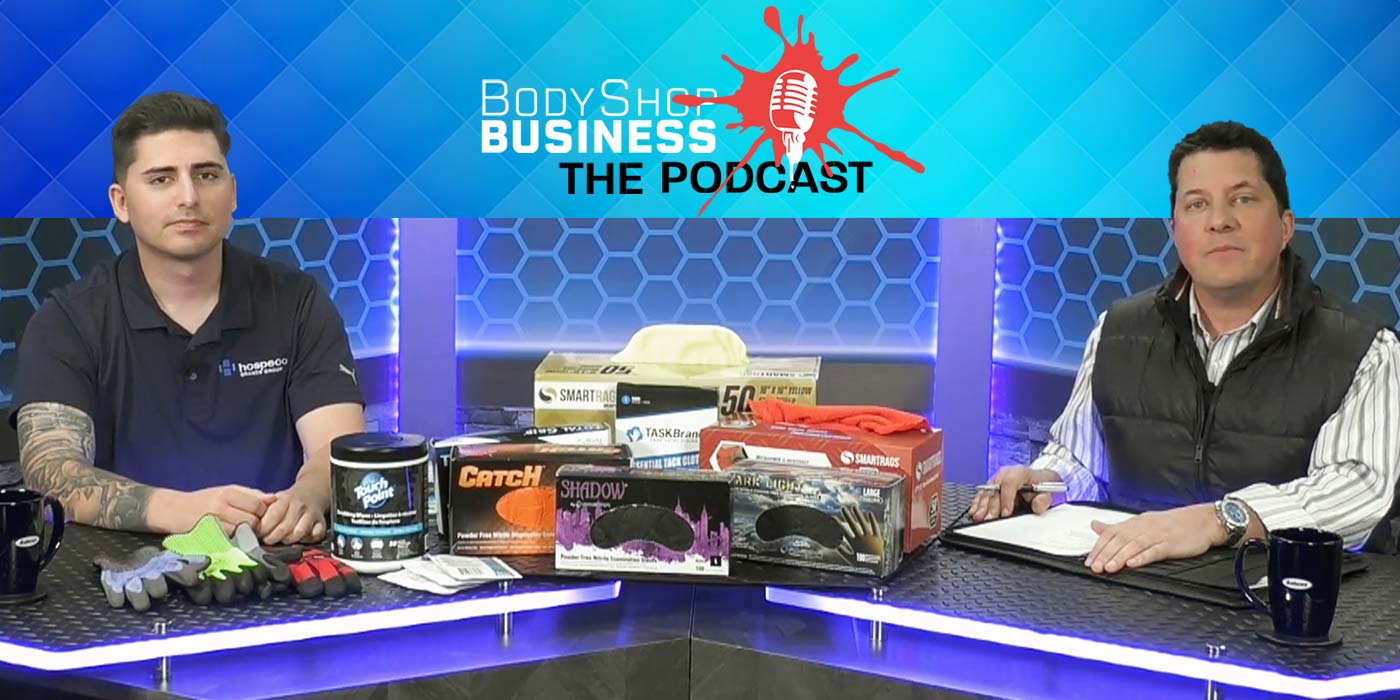We’ve come a long way, baby. As an industry, I suspect we’re in the neighborhood of 100-plus years old, so we’ve seen a lot of changes. Just in our own time of writing estimates, swinging hammers and painting, the changes have been near constant and not without growing pains.
To be sure, the foundation remains the same. But let’s consider possibly the greatest catalyst for changes within our lifetime and professional journey: the computer.
The Dark Ages
While hyperbolic as “The Dark Ages” may sound when applied to any timeline within our industry, I suspect most estimators and technicians today would be lost in an unfamiliar landscape of analog equipment and pencils. Granddad was a tool and die maker who required the use and knowledge of vernier calipers and micrometers, as well as a firm grasp of mathematics. Computer numerically controlled (CNC) lathes and mills were the stuff of science fiction to him. In the same vein, when Dad was a metal-man, he was working off handwritten estimates, using trammel gauges and tape measures. The laser was a Buck Rogers weapon, not a measuring device.
When it came to mixing paint, you didn’t. There were no toner banks with which to mix a formula. A fac-pac (factory package) color was ordered, and any mixing that took place in the shop was the introduction of a thinner or reducer (and later a catalyst) in order to make sprayable viscosity.
Some might argue it was easier to be profitable in the paint shop back then when we had an invoice from the supplier, but those making that argument are neglecting one of the advantages the computer age has brought to the paint shop. But I’m getting ahead of myself.
At some point in the 1970s, we started seeing mixing banks make an appearance in shops. They were not the full complement of toners we’ve been conditioned to expect today when using a particular paint line; in fact, we might only order the toners we needed for the formula that was in front of us. We would stir them with a paint stick (and later put them on the paint shaker once shakers became commonplace), install an agitator lid, use them and put them on the shelf until needed again. The mixing bank most shops had then was a small, six- or seven-station bank that sat empty until you pulled the toners (in order of need for a formula) and gave them a spin for 10 or 15 minutes before using. How did you determine the toners you needed? You looked up the formula on microfiche using a microfiche machine. What’s microfiche? I hear ya … and how do you read a vernier caliper?
You then put your empty paint can on a volume scale. A what? Yes, we mixed paint by volume, not weight. Pretty imprecise, but it got you in the ballpark where a painter could tint the color around as needed.
The Computer Age
It may be hard for those born within the past few decades to grasp, but there was a time when computers and cell phones were not ubiquitous. Judging by the way most people are glued to screens today, I suspect it’s hard for even older folks to remember those days. But I sure remember. As with most any change, the process of learning and adopting new habits can be painful. However, once over the learning curve and establishing some muscle memory, it’s pretty easy to embrace the new.
One of the first most notable advantages of the computer in the paint shop was the retrieval speed of formulas. Before they were digitized, there was an analog trail to be followed to arrive at a formula, and you couldn’t vector off-trail without wasting precious time — and as all commissioned or flat-rate earners knew, whether they’ve read Ben Franklin or not, time is money!
Naturally, the learning curve demanded obedience to the process, and we quickly realized the computer asks for more input than we previously utilized to arrive at the information we were looking for. For example, the two- or three-digit paint code we had used for years would now bring back a dozen or so different formulas — too broad of a search. That was relatively easy to overcome by simply using different search criteria; however we hadn’t even heard the phrase “search criteria” yet.
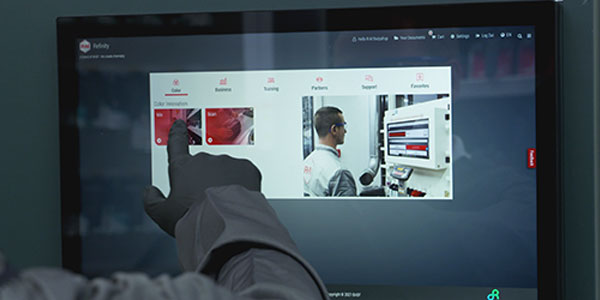
Along with the computer came the digital scale. An extremely eye-opening revelation that arrived with that scale was just how inaccurate we had been when mixing paint by volume. Additionally, the recordkeeping function of the software allowed reports that would tattle on us for our overpours and waste to be generated. This was before we were utilizing tools such as “paint-per-hour calculators” to determine how much paint to mix for any given job. The calculators weren’t perfect, but they continued to improve as the sample size of data grew. Data gathering happens whether it’s put to use or not, and not taking advantage of the tools generated from the data is missing some of the value the paint manufacturer brings to the table.
Reports can be generated and automatically sent to a shop owner or manager, as well as an estimator, when the cost of paint and material exceed the threshold of the repair order (which is an outdated reimbursement system) and inform the shop that an invoice needs to be generated and submitted to the insurer. The threshold can be exceeded for a few reasons: the job was thin on paint labor; the repair order didn’t reflect the need for additional paint, such as a three- or four-stage paint finish; or there is waste or theft of material. We don’t generally want to believe employees are stealing, but we’re informed of the need to take a closer look in the paint shop. What is frequently revealed is a need for training regarding the application of material. Over-application is fairly common and harder to identify visually than under-application (which can be transparent). A report educates us and can pinpoint areas for improvement.
The Internet Connection
Eventually, the industry moved away from a local server, which periodically used disks to update the software. Like the interstate highway system connected the states with drivable roads, the internet made possible the connection of all those local computers and allowed back-and-forth communication from the paint shop’s computer to the manufacturer. This provided the path for automatic updates to the shop and data extraction from the paint shop computer to the manufacturer. As the number of paint shop computers grew nationally and even globally, the amount of information gathered was staggering. This staggering amount of information educated paint reps and technical reps on which shops were knocking it out of the park and which shops needed some help.
Shops themselves could also access the data and put it to use. While this wasn’t as common with independent operators, the multi-shop organizations (MSOs) certainly took advantage of the ability to not only measure but compare shop-to-shop performance within their organization.
Additional Resources
Paint manufacturers are seldom idle in their research and development of new products and services; often, this is in response to changes and technology improvements from the OEMs. For example, as vehicles with advanced driver-assistance systems (ADAS) utilizing radar and LiDAR continue to grow in numbers, the challenge and solutions of refinishing parts that cover sensors also grow. Not only does the OEM give us guidelines on the mil limit threshold of paint covering sensors, but we also have paint manufacturers recognizing radar transmission limits of some paint components and formulating radar capable colors in response.
As these type of resources are developed, the information can be available almost immediately, provided the paint shop computer is automatically updated via an internet connection with the paint manufacturer.
Additionally, a paint manufacturer that offers an off-site cloud storage option has some serious advantages to consider. All paint shop data can be preserved in the event of a computer crash, or worse, a natural disaster. It also has access to hundreds of thousands of color formulas. The digital trend allows the use of phones or tablets while in the parking lot, and a Wi-Fi connected color camera can send formulas directly to the scale.
Digital color management makes possible a computer-generated color comparison of a vehicle image that you can rotate to view angles and check blend zones prior to even mixing the paint. Are you kidding me? Where was this time machine when I was in the paint shop? It was right here waiting for us in the future.
Talk to your paint rep to see what technologies you may be missing out on.

